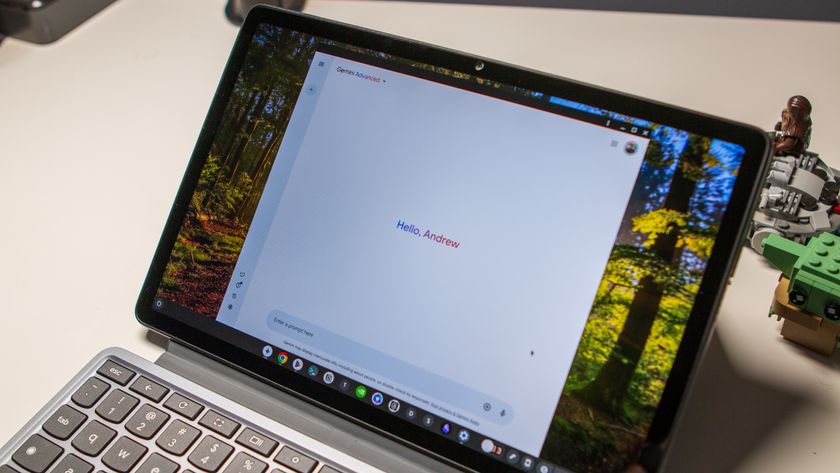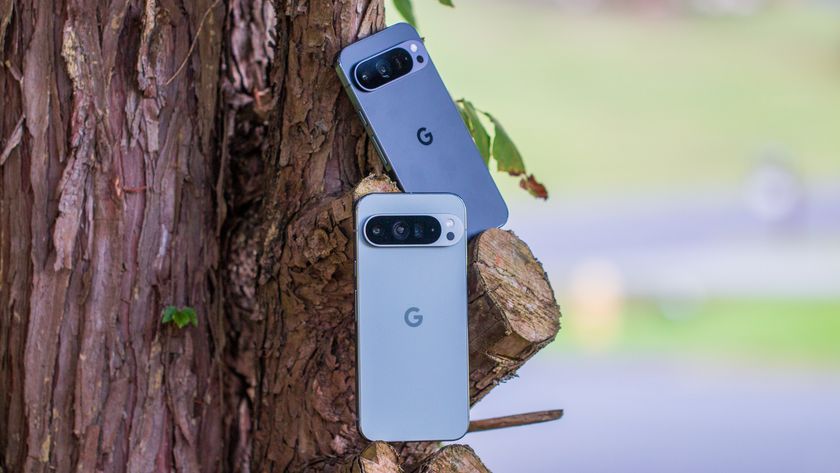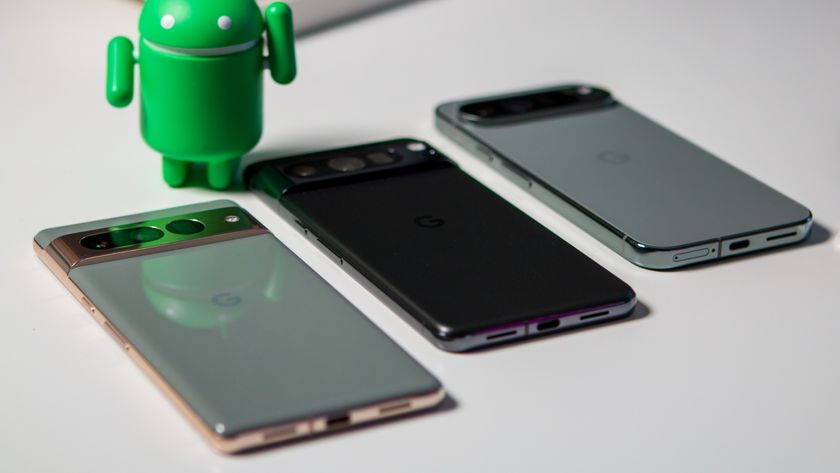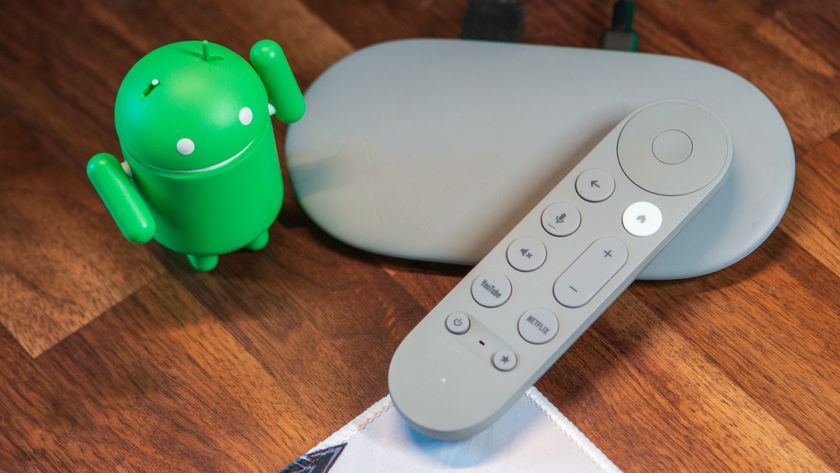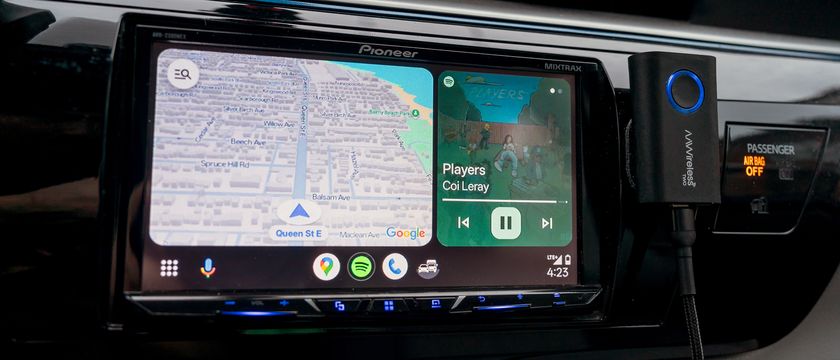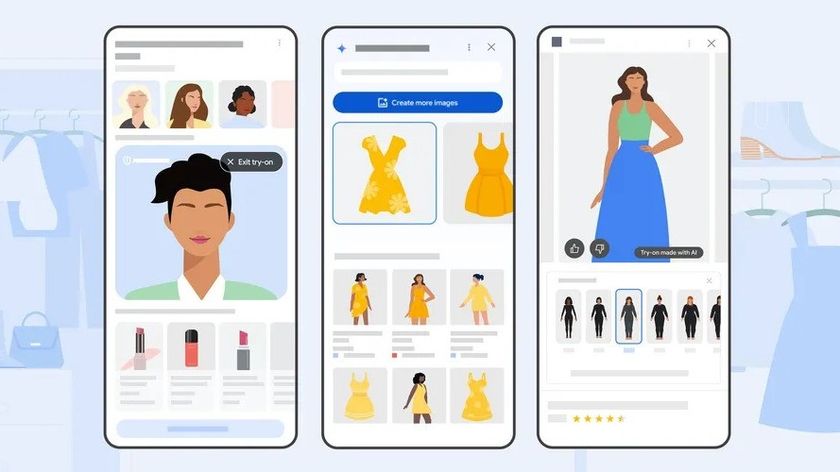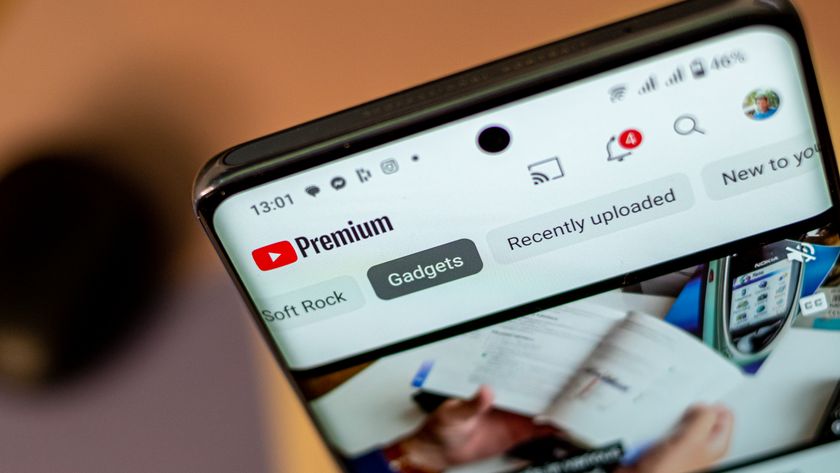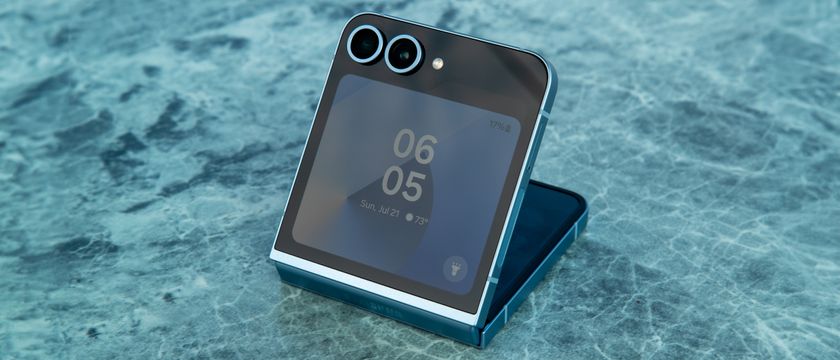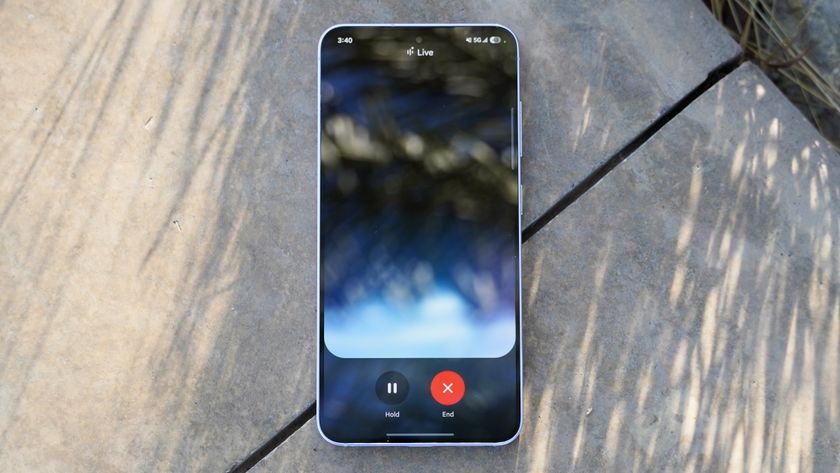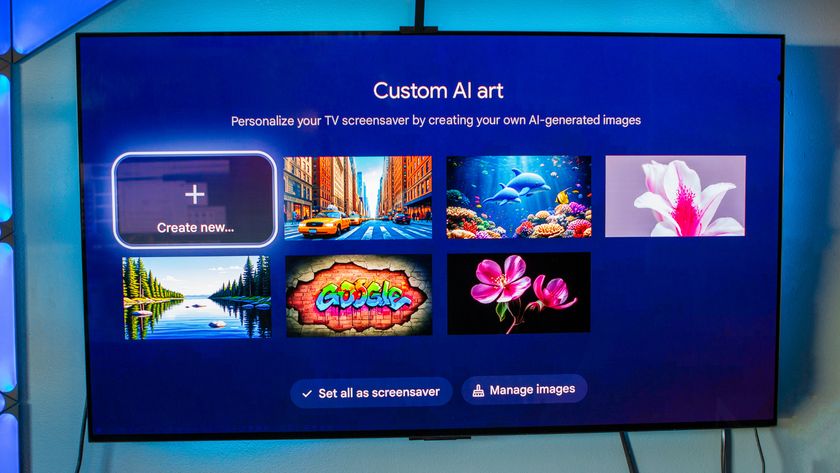Barnes & Noble Nook Color Review
The modding community helps a device with an identity crisis
to "find itself"
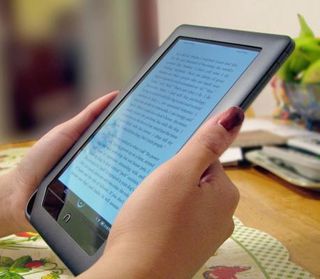
The Barnes & Noble Nook Color is a very unique device to review, because you're really talking about two different products before and after it's hacked. The device it's being sold as, and the device that it can be are about as far apart as can be.
When used as it was intended by B&N, the NC's splash screen tells us we're about to "Touch the Future of Reading." The irony with this is that the color touch-screen reading that they're referring to isn't far off in "the future," it's already very much here in the present (surely you've heard about those tablet thingies, right?).
With the Nook Color, B&N is trying to capture some of those customers who aren't yet in the market for a full tablet, but who are still intrigued by the experience of color touchscreen reading.
. . . and in the process, they accidentally created one of the most enticing tablets on the market.
Hardware on the Nook Color
On first picking it up, the Nook Color is a little heavier than one might expect. At 15.8 ounces, it has some heft. By comparison, the much bigger iPad is 24 oz, the Galaxy Tab is 13.4 oz, and the Kindle 3 is a svelte 8.5 oz. It hasn't been heavy enough to bother me, but if I were using the NC only for reading, I would definitely take this more into consideration.
Be an expert in 5 minutes
Get the latest news from Android Central, your trusted companion in the world of Android
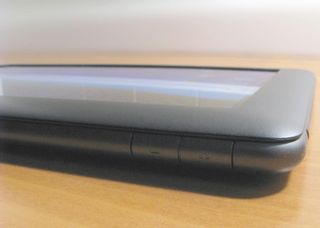
The touchscreen is wrapped in a sturdy plastic bezel, with a single "n" ('Home') button. Two volume controls (to accompany the on-board speaker) and power/sleep round out the physical buttons. A standard 3.5 mm headphone jack rests on top with a micro-USB port (only compatible with the OEM USB/charger) on the bottom.
With an 800MHz A8 Cortex processor and 512MB of RAM, along with 8GB of on-board memory, the Nook's specs would fit right in with most current upper-range Android phones. The capacitative 7" LED display sports 1024 x 600 resolution, the same as the Samsung Galaxy Tab. The screen has excellent viewing angles, and supports multi-touch. Lifting the lower-rear corner of the NC reveals a microSD card slot, supporting up to 32GB of extra storage.
The internal battery (not removable) seems to hold up pretty well, even under heavy tablet use. While running as a tablet, it typically drops about 10-15% per hour of fairly heavy usage (yielding an average of 8-10 hours of consistent use). This is similar to what those who use it exclusively as an eReader report. With the screen off, the battery remains virtually unchanged, losing maybe 1% over 12 hours.
B&N Software
Out of the box, the NOOKcolor runs Android 2.1 "Eclair," but make no mistake, this is a gimped "modified" version, designed to sell Barnes & Noble digital content. That means no Android market, no sideloaded apps, and no Google apps. What you do get is a B&N launcher, the main reading app, a Shop (for books, not apps), and a few (less than exhilarating) extras.
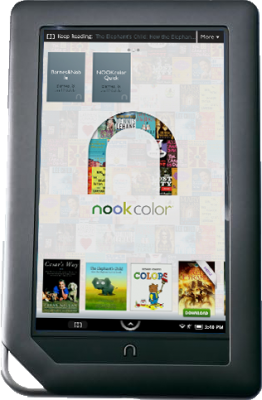
So how is reading on the Nook? Anyone who was intrigued by e-books on a tablet would likely be content with reading on the Nook Color. The display gives you crisp and clear text, with color pictures where supported (children's books and magazines). You have easy access to quick brightness and font adjustments, and the ability to jump to any page in a split second.
One noticeably absent UI feature is the animated page-turning effect that's in Apple's iBooks (here, the text simply slides over to the next page). When used as a stock reader, page-turning can actually be surprisingly laggy at times (a hacked NC has no such problems once the CPU speed is adjusted).
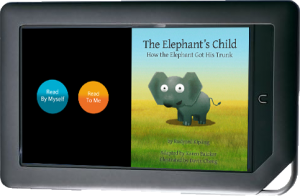
One standout implementation of the color touchscreen hardware is in children's books. Bright and colorful, with the option to have a narrator read to you, many a child has surely enjoyed being read to on the Nook (at $250, I'm not sure how many young children get to read it on their own).
The stock Nook Color also includes some "Extras," basically simple apps to help B&N expand their product's appeal to very casual tablet users. These include a rudimentary web browser (which only had pinch-to-zoom added in this week's update), an email app, a very ordinary touchscreen keyboard, a Gallery, Pandora Radio (a nice touch), and a few simple games (Chess, Crossword, and Soduko). Left unhacked, this is the kind of device that I could see my mother really enjoying.
Hacked Tablet
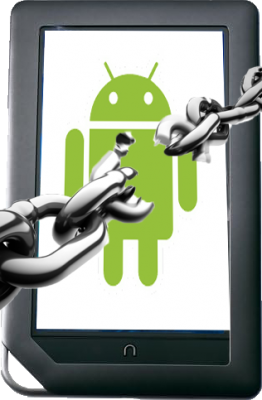
I doubt there is another mobile device that is as reliant on the development community to unlock its full potential as the Nook Color is. Barnes & Noble can call it what they like, but, hardware-wise, this is a tablet computer. It just happens to be a tablet that they want you to use mostly for reading buying their books. Once hacked, the NOOKcolor spreads its wings and becomes the full-fledged Android tablet that it can be.
The rooting process is relatively simple, and involves burning an image onto a microSD card, which the Nook Color then boots. After a minute of two of that, it's rooted.
In its current form, the first custom ROM for the NC, Nookie Froyo, actually also boots off of an SD card. This gives the Nook the unique distinction of being an Android device that can run a custom ROM without even being rooted.

A custom kernel has been released that can stably overclock the 800MHz CPU all the way up to 1100MHz on both the stock ROM and Nookie Froyo (which yielded us a Quadrant score in the mid-1900's).
As a former iPad owner, I actually prefer the Nook Color as a tablet. Of course I'll take Android over iOS any day, but another factor is that the NC has more pixels per inch than Apple's tablet, which leads to a more pleasing display.
I had originally thought the 7" display was going to be too small for a tablet, but that was before I'd actually used a smaller tablet. I now see it as a very comfortable size, portable and easy to hold in one hand (your mileage may vary).
As all pre-Honeycomb versions of Android are designed with 'home,' 'back', and 'menu' hardware buttons in mind, one of the first issues with using the Nook as a tablet is that it merely has a 'home' button.
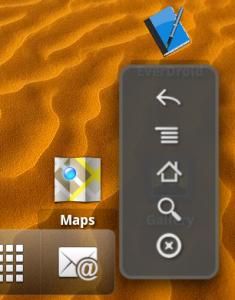
A very simple solution is an app called SoftKeys (included in both the rooting process and Nookie Froyo), which keeps a pop-up trigger on your screen that toggles a full set of virtual buttons. I find this to be an excellent replacement, as SoftKeys quickly became as second-nature to me as the hardware buttons are on my Evo. Softkeys is highly customizable, and I love that the trigger button can be made transparent.
Most Android apps will be able to be used one way or another on the Nook. This includes 3rd-party launchers, Google apps, browsers, keyboards, games, office suites, media players, other eReaders, etc. The list of apps that aren't currently working is relatively small, and is only going to shrink as development continues.
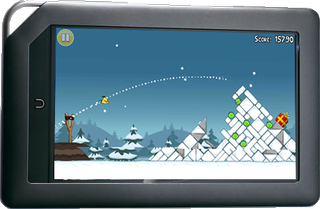
Having used the NOOKcolor extensively with both rooted stock and Nookie Froyo, I think they're both very viable options. As Nookie (and new ROM's) advance, the use of B&N's ROM will likely be phased out, but as it stands right now, they each have their own set of pros and cons.
Some of the obstacles to work-around on the rooted stock ROM include:
- no direct access to the Android settings menu
- no native copy/paste
- B&N's status bar sitting on the bottom of the screen (which grows to gargantuan proportions if you raise the LCD Density)
- it's based off of a relatively ancient version of Android (2.1, Eclair)--which also means no Adobe Flash or Apps-to-SD.
Running Nookie Froyo solves all of those issues, but adds a few of its own:
- YouTube and Pandora apps don't currently play (while they do on stock ROM)
- Flash is a little choppy on some sites
- MP3's and other audio files aren't currently playing without clever work-arounds
- you lose the main Nook Color reading app (though the Nook app from the Market works perfectly, and allows just about all features except children's books and magazines)
Future development
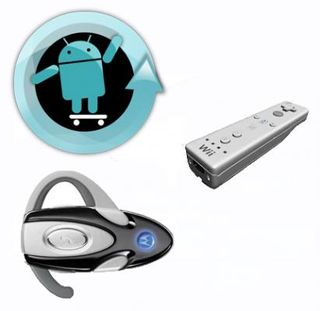
You know an Android device is being taken seriously when CyanogenMod tackles it, and that appears to be the case on the NOOKcolor. Teamdouche has a NOOKcolor branch in their repo, and it was member Koush who ported ClockworkMod Recovery to the Nook. It was recently revealed that CM7 is already booting and running on several of their Nooks.
Bluetooth has been unlocked on a developmental level, and it's looking promising that it will eventually be available for users as well (this could mean Bluetooth keyboards, headsets, microphones, Wiimotes, webcams, and GPS).
How is it possible for an eReader to have Bluetooth, you ask? It's generally cheaper for companies to buy chips for both WiFi and Bluetooth than it is to get a WiFi-only chip. So B&N got the multi-radio chip, and disabled the Bluetooth on a software level. That, of course, leaves room for the dev community to re-enable it.
Wrapup
Is the Nook Color for you? If all you're looking for is an eReader, then it's really going to depend on how badly you want to read on a color touchscreen. The Kindle and the e-ink Nook are $100 cheaper, and provide a solid reading experience for many people.
The unhacked NOOKcolor certainly has an audience, but I see it as a hybrid 'tweener: lacking a clear identity of its own, and trying to carve its own niche between two competitors that know exactly what they are.
However, when you look at the Nook as a full Android tablet, this just may be the best value on the market right now. It's not for those averse to tinkering, but if you're wanting an affordable tablet without some of the bells and whistles of more expensive options, then, for $250, the Nook Color really can't be beat.

